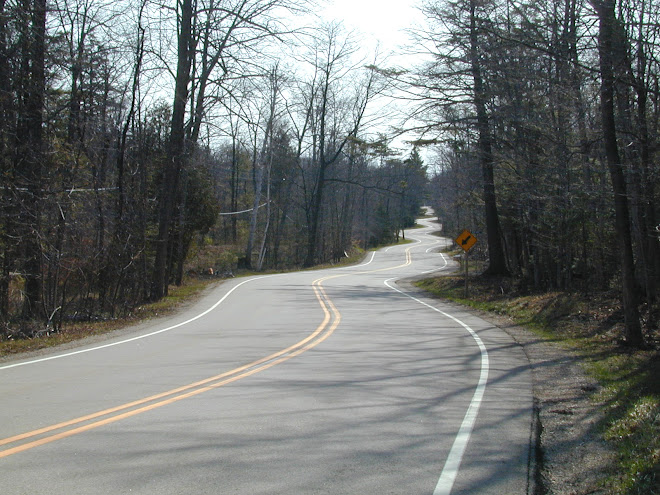What is it about ghost towns that so attracts us? The fascination of how our ancestors used to live; the thoughts of a slower pace of life (was it really though?); digging through antiques, or merely gazing upon something which has stood time’s test and nature’s best to knock it down?
We descend, literally, onto Fayette State Park’s shelf as it sits in all its glory, faded and sandwiched between a dazzling sky and the endless view of Lake Michigan disappearing into the horizon. We are practically the only ones there. It literally almost takes my breath away and I feel like a kid with a counter full of candy jars in front of me, not knowing which one to pick from first. To have a whole town to ones’ self to explore—how enticing! Even though that only lasts for about a half hour, the town never does become crowded during our visit.
Fayette, for all the buildings missing, is very intact with 20 still standing. Michigan state parks system keeps it in a state of arrested decay and occasional restoration, creating a few vignettes in some of the buildings with furnishings from the period. Others are left with their ghosts, their cobwebs, peeling wallpaper and dusty floors and are not available for touring so the best one can do is snap photos against window glass. Incongruous as it may seem, there is also a modern dock and harbor for visiting boaters, sitting amongst the pilings from over a hundred years ago which stretch around the bay like jagged bad teeth.
It was essentially a company town, started by the Jackson Iron Company to bring charcoal pig iron smelting closer to the source of the ore for shipping. Lime kilns were also built to provide lime for the furnaces and for mortar to build with. The 500 residents were primarily immigrants from Canada and northern Europe with half the population children; with the tiny homes crammed, they must have been suffocating.
Simple plaques record diary entries from residents, putting together a story for us to follow today. The park service has also worked hard to delve into architectural clues to obtain information on the day to day of life in Fayette and some buildings offer up guess boxes for visitors to guess at answers about the town’s life.
Eventually the hardwood forests needed to create the charcoal required for running the huge blast furnaces played out—early photographs show the hillside cliffs entirely denuded (nothing like the lush forest we see today)—and the mill closed. Residents drifted away to other endeavors and even the town’s highly touted hotel closed by WWII and the remains of town became a state park in 1959.
Although off the beaten track of Highway 2, on the Garden Peninsula of the U.P., it is definitely a worthwhile detour.
skip to main |
skip to sidebar

And the road goes on forever...

Former fulltimers making a stationary life in WI.
And the road goes on forever...
Blog Archive
About Me

- Claudia
- Retired transplants to WI from a lifetime out West. Fulltiming gave way to building a house; now we also enjoy a destination trailer on our 15 acre Northwoods lakefront lot.




























































